Tomorrow, Google will kick off its annual I/O conference and the year of Android will finally begin in earnest. The company has been busy, but until Sundar Pichai takes the stage at the Shoreline Amphitheater, we won’t know for sure what Google has in store for the rest of 2017.
Last year we met a new Google Assistant, Daydream, Home, Allo, Duo, and, of course, Android N, and we can’t wait to see what Google rolls out this year. Google usually keeps a pretty tight lid on its biggest announcements, but it seems like it’s doubled-down on security leaks this year. The rumour mill has been oddly quiet with the show mere days away from starting, so here’s a breakdown of what we’re likely, but not entirely sure, we’ll see:
Android O
Android and I/O go together like bacon and eggs, so we know Android O will take up a large chunk of the keynote. We’ve already gotten an early look at where Google is taking its OS thanks to a sneak peek at the developers preview, and while it’s mostly behind-the-scenes stuff, there are already some great new features. Among our favourites, Google will be limiting background processes to eke out more battery life between charges, a new API will let us access password manager right inside Chrome, and picture-in-picture will let us work and play simultaneously on our phones. And the recently unveiled Project Treble aims to let manufacturers deliver their updates way faster.
But there’s sure to be more to the story. We’ve already discovered some cool things hidden in the System UI settings like extra buttons for the navigation bar and customizable lock-screen shortcuts, but Google surely has much more to show us on the main stage. We’re all but certain to get an over-the-air public beta alongside the second developers preview, and we’re very interested to see what front-facing features Google has hiding up its sleeve.
The first developer preview is for coders who need to do testing, and isn’t part of the beta program. We expect I/O to be the release of the first actual beta, which means users with Nexus or Pixel phones can try it out through the beta program instead of flashing it manually.
All we really want is a reliable way to transfer our apps, messages, photos/videos, data, and home screen layout onto a new phone when we switch. A dark mode would be appreciated by many users.
Google Home
Google is serious about AI in the home. With pressure from Amazon, Microsoft, and Apple, Google Home has a definite battle on its hands, and it’s going to take more than a few new skills to hold off its competitors.
But Google isn’t taking the fight lying down. It has already added voice recognition for multiple users, and there are signs that it wants to take Google Home even further. A rumours a few weeks back suggested that Google was looking to combine Home with its Wi-Fi mesh router to create a perfect all-over, always-on companion. And we have to assume that Google is also prepping some long-overdue commands, like setting sleep timers, creating reminders, and reading recent texts or e-mails.
What we want to see: Amazon has expanded its line of Echo products with the camera-powered Look and the LCD-equipped Echo Show, and it woulid be great to see Google do the same with Android notifications and Duo for voice calls. Assistant has already been opened up to an array of third-party products with an SDK, and we’ll be watching to see if Google expands its own family of devices.
Google Assistant
Since we met Google Assistant at last year’s I/O it has grown up quite a bit. Since it got its start on Google Home and Allo, it’s expanded to most Android phones, Android Wear watches, Android Auto, and Android TV. To sum up, it’s everywhere.
But Google Assistant is far from perfect. Depending on where it is, the experience varies greatly between apps and devices, and the new SDK is only be going to confuse things even further. But a couple of courses – most notably, Building apps for the Google Assistant – leads us to believe that Google has big plans for Assistant at I/O.
Aside from more smarts and actions, what we want most of all from Google Assistant is priority recognition so more than one device doesn’t respond at the same time. If we’re in our living room, Google Home should answer all of our queries, and if our phone is in our pocket, our watch should take over. It might seem like a small problem, but if it’s as easy as Google says to build its AI into third party devices, there are going to be a flood of Assistant-powered devices later this year. And it would be nice if every one of them didn’t answer to every ‘Hey Google’ we uttered.
Daydream
I/O has been the launchpad for Google’s VR efforts, with both Cardboard and Daydream getting their start on the big stage. And I/O 2017 could bring another big step in its development.
Just last week, Google announced that it had acquired Owlchemy Labs, the studio behind such hit VR titles as Job Simulator and Rick and Morty: Virtual Rick-ality. While that doesn’t necessarily mean Google is working on a standalone virtual reality system, it does raise some interesting possibilities. Earlier this year, Google released its stunning Earth VR app for Oculus Rift, so it’s clear that it’s ambitions go beyond that of the Daydream View. But whatever the case, Daydream is likely to receive a nice chunk of keynote time, as Google looks to get more developers on board.
What we want to see is something a little more powerful than the Daydream View, with full motion hand-tracking and console-style graphics.
Android Wear
Android Wear 2.0 was a major announcement at last year’s I/O, but the path has been fraught with pitfalls and missteps. First it was delayed for months and then, when it finally landed earlier this year, there were hardly any watches ready for the new update. And the ones that did release left very little to be desired.
It’s likely we won’t be hearing about Android Wear 3.0 at this year’s event. However, even though it won’t take up nearly as much time as it did last year, Google will probably still talk about the platform, and it’s possible we get a glimpse at what it’s planning.
What we want to see is a Pixel watch. Google may have co-designed the Sport and Style watches with LG, but they have none of the good looks or simplicity of the Pixel. Android Wear is a platform in need of a flag bearer, and a Pixel watch would more than fit the bill.
Pixel Phone
It’s hard to keep much of anything secret when it comes to flagship smartphones, so the lack of any substantial rumours about the Pixel 2 leads us to believe that it’s still a long ways off. Last year’s model was released at its own event in October, and it’s likely that Google does the same thing this year.
However, there have been rumors of a low-cost Pixel, so it’s possible that Google releases a mid-cycle model to refresh the line, kind of like what Apple did with the iPhone SE. And there’s always the possibility of new colours, especially since the promised Really Blue model is nowhere to be found.
Android One
Android One is Google’s program for bringing Android smartphones to developing nations, but a rumour earlier this year suggested that a US release was being considered. It’s not out of the realm of possibility that such a release could come at I/O, where Google could tout the benefits of such a programme to developers.
An ultra-cheap Android phone that gets regular updates could seriously upend the budget market, much more than the Pixel did with the high end. The biggest problem with the rash of low-cost Android phones is that they’re generally crippled, and bogged down with bloatware and questionable services. A US Android One programme would go a long way toward putting an end to those issues.
What we want to is something like the Moto G5 Plus that promises the same 18 months of regular updates and three years of security updates as the Pixel.
Android Auto
Android Auto didn’t get much stage time at last year’s conference, and it’s taken kind of back seat (pun intended) to Google’s other platforms. It received a big update in November with a standalone app that let you run it in your car without a compatible in-dash system, but otherwise Android Audio has received only minor updates and apps.
Google is spending a lot of time on its auto initiative, and we seem to be closer than ever to a major announcement. Maybe it’s a car, maybe it’s a full Android-powered dashboard like Google demoed inside a Maserati at last year’s show. But whatever it is, we wouldn’t be surprised to see Android Auto get some attention this year.
Might we finally be about to see a fully functioning self-driving car?
Allo/Android Messages
Google desperately needs a simple, streamlined messaging experience across all of Android. Last year brought us Allo, which was supposed to be Android’s answer to Apple Messages, a device-agnostic instant chat client with stickers and backups.
And while it has all of those elements, Allo never really caught on, mainly due to its lack of SMS support and single-device limitations. But instead of fixing Allo, Google further complicated matters by announcing it was bundling the SMS-focused Android Messages with all new smartphones by most major manufacturers (notably absent: Samsung). However, nary an I/O has gone by without some kind of a messaging announcement, so Google is likely to take at length about all of this, and perhaps RCS and Google Voice as well. And we have seen a teaser of an Allo desktop app, so that could make an appearance. Basically, it’s anyone’s guess as to what’s next. At this point, we wouldn’t be surprised to see Google announce another messaging product.
Rather than another new messaging client, we’d like some clarity on Google’s strategy with messaging. All we really want is a single service that syncs with all our devices and works on all phones, so we don’t have to start over whenever we get a new phone.
Tablets
We thought Android tablets were dead after 2016 came and went with nothing in the way of splashy new releases, but they’re showing some minor signs of life in 2017.
Samsung updated its Galaxy Tab S for the first time in 18 months. And then, the Nougat 7.1.2 update brought some significant interface changes to the Pixel C. And now, a rumour suggests that Motorola is working on a new tablet with a ‘productivity mode’ that tweaks the interface even further and makes it more like Chromebook. And there are signs that Google is building an entirely new OS with as part of its Fuchsia project. Could it be that Google is teaming with Motorola on a new tablet experience? Or is Fuchsia a sign that tablets and Chromebook are merging? Hopefully we’ll find out at I/O.
Tablets may be on the decline everywhere, but it’s only because people are frustrated by what they do and don’t do. It’s not the form, it’s the function. It will be interesting to see how Google addresses this in Android O, with a tablet-focused interface that takes full advantage of the large-screen benefits and brings them to the next level.
IDG News Service



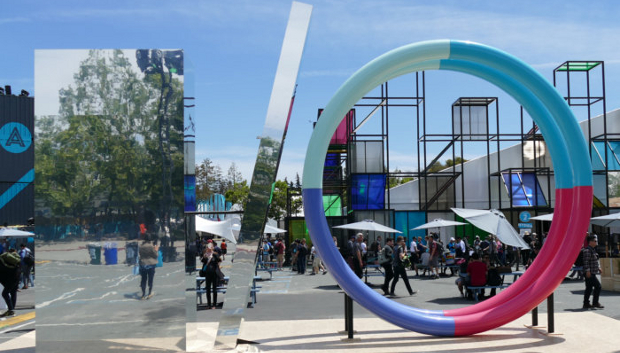



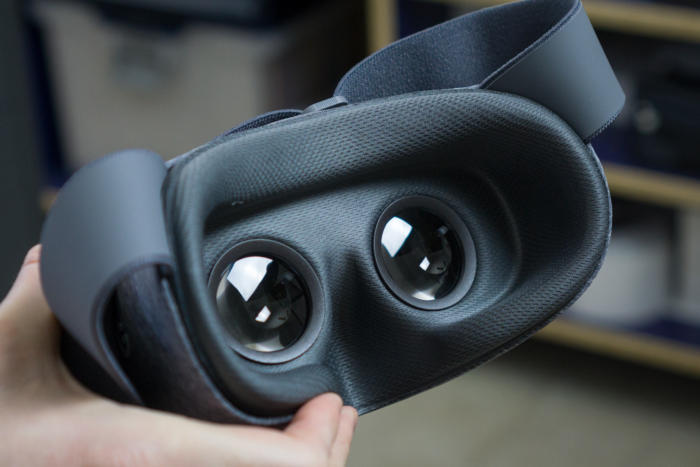
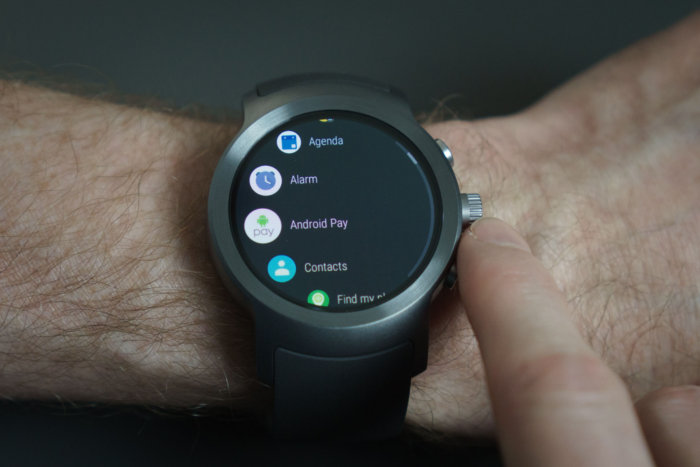
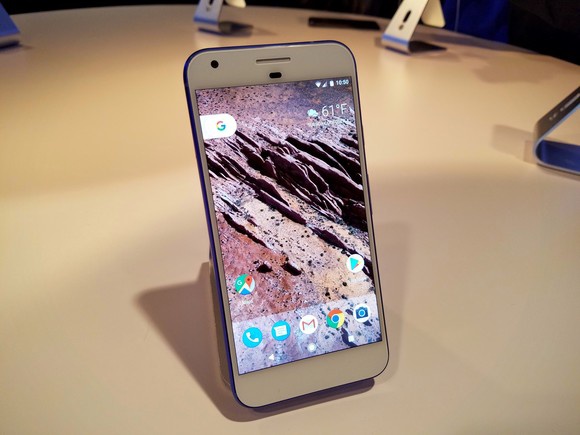



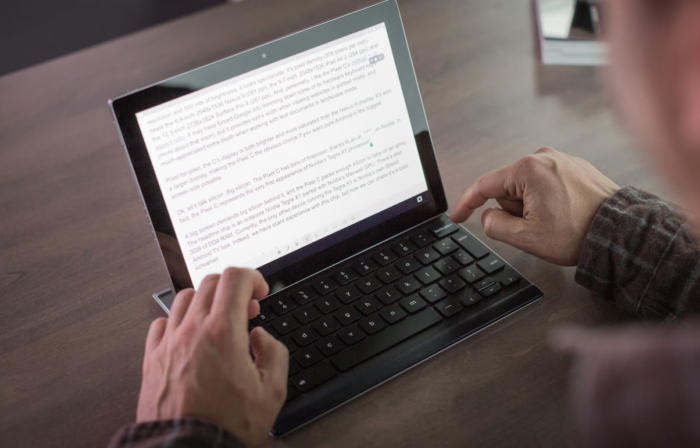



Subscribers 0
Fans 0
Followers 0
Followers